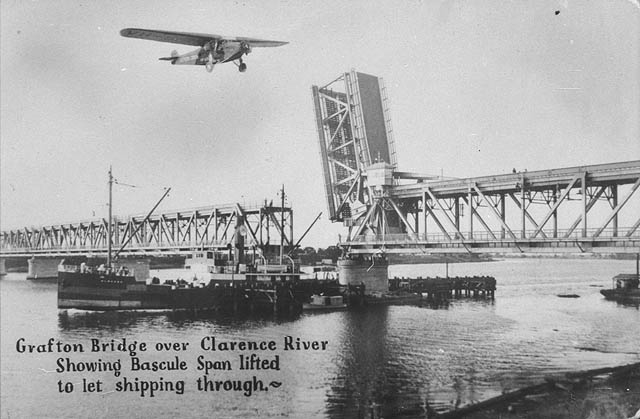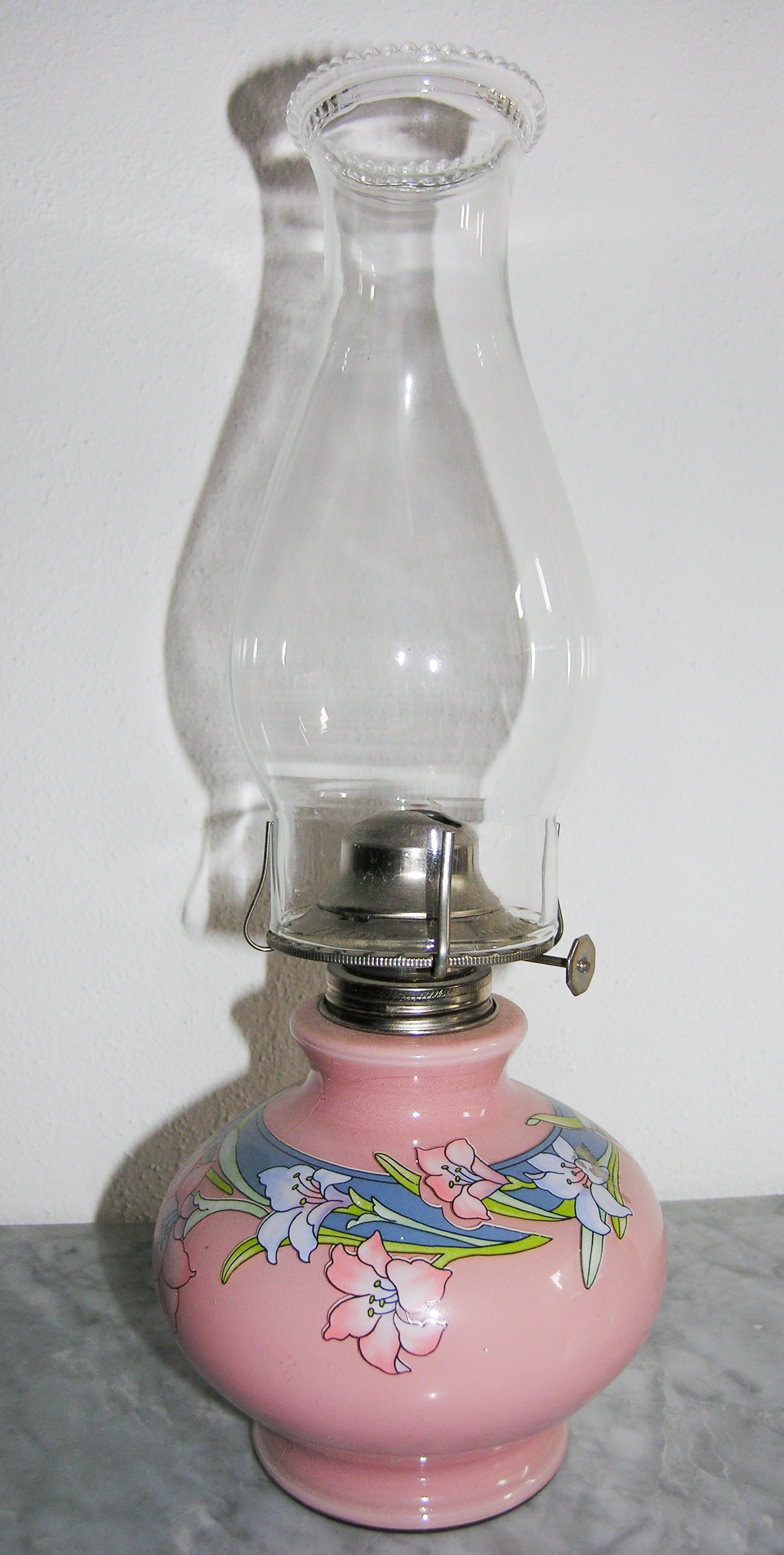|
Frank Partridge (VC)
Frank John Partridge, VC (29 November 1924 – 23 March 1964) was an Australian soldier, farmer, quiz show champion, and a recipient of the Victoria Cross, the highest decoration for gallantry "in the face of the enemy" awarded to members of the British and Commonwealth armed forces. He was decorated for his actions on Bougainville in July 1945, when he attacked two Japanese bunkers despite severe wounds. Partridge was the last and, at 20 years of age, the youngest Australian awarded the Victoria Cross in the Second World War. He later became a farmer and a television quiz champion, and unsuccessfully ran for political office shortly before his death in a car accident. Early life Frank John Partridge was born at Grafton, New South Wales, on 29 November 1924, to farmer Patrick James Partridge and his English-born wife Mary (née Saggs). Partridge was educated at Tewinga Public School until he left at 13 to work on the family's dairy and banana farm at Upper Newee Creek, nea ... [...More Info...] [...Related Items...] OR: [Wikipedia] [Google] [Baidu] |
Grafton, New South Wales
Grafton ( Bundjalung-Yugambeh: Gumbin Gir) is a city in the Northern Rivers region of the Australian state of New South Wales. It is located on the Clarence River, approximately by road north-northeast of the state capital Sydney. The closest major cities, Brisbane and the Gold Coast, are located across the border in South-East Queensland. At the 2021 census, Grafton had a population of 19,255. The city is the largest settlement and, with Maclean, the shared administrative centre of the Clarence Valley Council local government area, which is home to over 50,000 people in all. History Before European settlement, the Clarence River marked the border between the BundjalungTindale, Norman (1974) "Badjalang" in his ''Catalogue of A ... [...More Info...] [...Related Items...] OR: [Wikipedia] [Google] [Baidu] |
Bougainville Campaign (1944-45)
The Bougainville campaign was a series of land and naval battles of the Pacific War, Pacific campaign of World War II between Allied forces and the Empire of Japan, named after the island of Bougainville Island, Bougainville. It was part of Operation Cartwheel, the Allies of World War II, Allied grand strategy in the Pacific Ocean, South Pacific. The campaign took place in the North Solomon Islands, Northern Solomons in two phases. The first phase, in which American troops landed and held the perimeter around the beachhead at Torokina, lasted from November 1943 through November 1944. The second phase, in which primarily Australian troops went on the offensive, mopping up pockets of starving, isolated but still-determined Japanese, lasted from November 1944 until August 1945, when the last Japanese soldiers on the island surrendered. Operations during the final phase of the campaign saw the Australian forces advance north towards the Bonis Peninsula and south towards the main ... [...More Info...] [...Related Items...] OR: [Wikipedia] [Google] [Baidu] |
Australian Pound
The pound ( Sign: £, £A for distinction) was the currency of Australia from 1910 until 14 February 1966, when it was replaced by the Australian dollar. As with other £sd currencies, it was subdivided into 20 shillings (denoted by the symbol s or /–), each of 12 pence (denoted by the symbol d). History The establishment of a separate Australian currency was contemplated by section 51(xii) of the Constitution of Australia, which gave Federal Parliament the right to legislate with respect to "currency, coinage, and legal tender". Establishment Coinage The Deakin Government's ''Coinage Act 1909'' distinguished between "British coin" and "Australian coin", giving both status as legal tender of equal value. The Act gave the Treasurer the power to issue silver, bronze and nickel coins, with the dimensions, size, denominations, weight and fineness to be determined by proclamation of the Governor-General. The first coins were issued in 1910, produced by the Royal Mint in Lond ... [...More Info...] [...Related Items...] OR: [Wikipedia] [Google] [Baidu] |
Barry Jones (Australian Politician)
Barry Owen Jones, (born 11 October 1932), is an Australian polymath, writer, teacher, lawyer, social activist, quiz champion and former politician. He campaigned against the death penalty throughout the 1960s, particularly against the execution of Ronald Ryan. He is on the National Trust's list of Australian Living Treasures. Early life Barry Jones was born in Geelong, Victoria, and educated at Melbourne High School and the University of Melbourne, where he studied arts and law. He began his career as a schoolteacher at Dandenong High School, where he taught for nine years, before becoming a household name as an Australian quiz champion in the 1960s on Bob Dyer's ''Pick a Box'', a radio show from 1948, televised from 1957. He was known for taking issue with Dyer about certain expected answers, most famously in response to a question about "the first British Governor-General of India", where he pointed out that Warren Hastings was technically only the Governor-General of the Pr ... [...More Info...] [...Related Items...] OR: [Wikipedia] [Google] [Baidu] |
Bob Dyer
Robert Neal Dyer OBE (May 22, 1909 – January 9, 1984) was a Gold Logie-award-winning American-born vaudeville entertainer and singer, radio and television personality, and radio and television quiz show host who made his name in Australia. Dyer is best known for the long-running radio and then television quiz show, ''Pick a Box''. At the height of his radio career, Dyer and his friend and rival, Jack Davey, were regarded as Australia's top quiz comperes. Bob and his wife, Dolly, were probably, after Sir Robert and Dame Pattie Menzies, the most recognised double act in Australia in the 1960s. Bob and Dolly's main interest besides performing was big-game fishing and, between them, they broke some 200 world and Australian fishing records. Early life and career Bob Dies was born in Hartsville, Tennessee, to Heywood Leahman Dies, a sharefarmer and his wife Delia (née Bell) .Jones, Barry (2006) ''A Thinking Reed'', Crows Nest, Allen & Unwin, p. 113 In an interview much late ... [...More Info...] [...Related Items...] OR: [Wikipedia] [Google] [Baidu] |
Pick A Box
''Pick a Box'' was an Australian game shows that first aired on radio in 1948 until the early 1960s; subsequently, the concept transferred to TV and was broadcast from 1957 and 1971. The program was hosted by the husband and wife duo Bob and Dolly Dyer History Radio program Beginning initially as a radio program in 1948, it was heard Australia-wide on was then the Macquarie Broadcasting Service (now Nine Entertainment Co.). It was originally produced in Sydney, New South Wales at studio 2GB. The program successfully made the move to television, debuting at on Saturday 2 March 1957, less than six months after the new medium had been launched in Australia. Nevertheless, the program continued to be heard on radio for some years. Television version The TV version in addition to the radio version was filmed in the studios of Sydney's ATN-7 and was broadcast on ATN-7 and Melbourne's GTV-9, which were initially affiliated. This changed, however, when Frank Packer, owner of TCN ... [...More Info...] [...Related Items...] OR: [Wikipedia] [Google] [Baidu] |
Game Show
A game show is a genre of broadcast viewing entertainment (radio, television, internet, stage or other) where contestants compete for a reward. These programs can either be participatory or Let's Play, demonstrative and are typically directed by a game show host, host, sharing the rules of the program as well as commentating and narrating where necessary. The history of game shows dates back to the invention of television as a medium. On most game shows, contestants either have to answer questions or solve puzzles, typically to win either money or prizes. Game shows often reward players with prizes such as cash, trips and goods and services provided by the show's sponsor. History 1930s–1950s Game shows began to appear on radio and television in the late 1930s. The first television game show, ''Spelling Bee (game show), Spelling Bee'', as well as the first radio game show, ''Information Please'', were both broadcast in 1938; the first major success in the game show genre was ... [...More Info...] [...Related Items...] OR: [Wikipedia] [Google] [Baidu] |
Kerosene Lamp
A kerosene lamp (also known as a paraffin lamp in some countries) is a type of lighting device that uses kerosene as a fuel. Kerosene lamps have a wick or mantle as light source, protected by a glass chimney or globe; lamps may be used on a table, or hand-held lanterns may be used for portable lighting. Like oil lamps, they are useful for lighting without electricity, such as in regions without rural electrification, in electrified areas during power outages, at campsites, and on boats. There are three types of kerosene lamp: flat-wick, central-draught (tubular round wick), and mantle lamp. Kerosene lanterns meant for portable use have a flat wick and are made in dead-flame, hot-blast, and cold-blast variants. Pressurized kerosene lamps use a gas mantle; these are known as Petromax, Tilley lamps, or Coleman lamps, among other manufacturers. They produce more light per unit of fuel than wick-type lamps, but are more complex and expensive in construction and more complex to o ... [...More Info...] [...Related Items...] OR: [Wikipedia] [Google] [Baidu] |
Encyclopædia Britannica
The (Latin for "British Encyclopædia") is a general knowledge English-language encyclopaedia. It is published by Encyclopædia Britannica, Inc.; the company has existed since the 18th century, although it has changed ownership various times through the centuries. The encyclopaedia is maintained by about 100 full-time editors and more than 4,000 contributors. The 2010 version of the 15th edition, which spans 32 volumes and 32,640 pages, was the last printed edition. Since 2016, it has been published exclusively as an online encyclopaedia. Printed for 244 years, the ''Britannica'' was the longest running in-print encyclopaedia in the English language. It was first published between 1768 and 1771 in the Scottish capital of Edinburgh, as three volumes. The encyclopaedia grew in size: the second edition was 10 volumes, and by its fourth edition (1801–1810) it had expanded to 20 volumes. Its rising stature as a scholarly work helped recruit eminent con ... [...More Info...] [...Related Items...] OR: [Wikipedia] [Google] [Baidu] |
PARTRIDGE VC GRAVE
A partridge is a medium-sized galliform bird in any of several genera, with a wide native distribution throughout parts of Europe, Asia and Africa. Several species have been introduced to the Americas. They are sometimes grouped in the Perdicinae subfamily of the Phasianidae (pheasants, quail, etc.). However, molecular research suggests that partridges are not a distinct taxon within the family Phasianidae, but that some species are closer to the pheasants, while others are closer to the junglefowl. Description Partridges are medium-sized game birds, generally intermediate in size between the larger pheasants, smaller quail; they're ground-dwelling birds that feature variable plumage colouration across species, with most tending to grey and brown. Range and habitat Partridges are native to Europe, Asia, Africa, and the Middle East. Some species are found nesting on steppes or agricultural land, while other species prefer more forested areas. They nest on the ground and hav ... [...More Info...] [...Related Items...] OR: [Wikipedia] [Google] [Baidu] |
KIng George IV & Austn VC Winners
King is the title given to a male monarch in a variety of contexts. The female equivalent is queen, which title is also given to the consort of a king. *In the context of prehistory, antiquity and contemporary indigenous peoples, the title may refer to tribal kingship. Germanic kingship is cognate with Indo-European traditions of tribal rulership (c.f. Indic ''rājan'', Gothic ''reiks'', and Old Irish ''rí'', etc.). *In the context of classical antiquity, king may translate in Latin as '' rex'' and in Greek as ''archon'' or '' basileus''. *In classical European feudalism, the title of ''king'' as the ruler of a ''kingdom'' is understood to be the highest rank in the feudal order, potentially subject, at least nominally, only to an emperor (harking back to the client kings of the Roman Republic and Roman Empire). *In a modern context, the title may refer to the ruler of one of a number of modern monarchies (either absolute or constitutional). The title of ''king'' is use ... [...More Info...] [...Related Items...] OR: [Wikipedia] [Google] [Baidu] |
Bren Gun
The Bren gun was a series of light machine guns (LMG) made by Britain in the 1930s and used in various roles until 1992. While best known for its role as the British and Commonwealth forces' primary infantry LMG in World War II, it was also used in the Korean War and saw service throughout the latter half of the 20th century, including the 1982 Falklands War. Although fitted with a bipod, it could also be mounted on a tripod or be vehicle-mounted. The Bren gun was a licensed version of the Czechoslovak ZGB 33 light machine gun which, in turn, was a modified version of the ZB vz. 26, which British Army officials had tested during a firearms service competition in the 1930s. The later Bren gun featured a distinctive top-mounted curved box magazine, conical flash hider, and quick change barrel. The name ''Bren'' was derived from Brno, the Czechoslovak city in Moravia, where the Zb vz. 26 was designed (in the Zbrojovka Brno Factory) and Enfield, site of the British Royal Small A ... [...More Info...] [...Related Items...] OR: [Wikipedia] [Google] [Baidu] |









